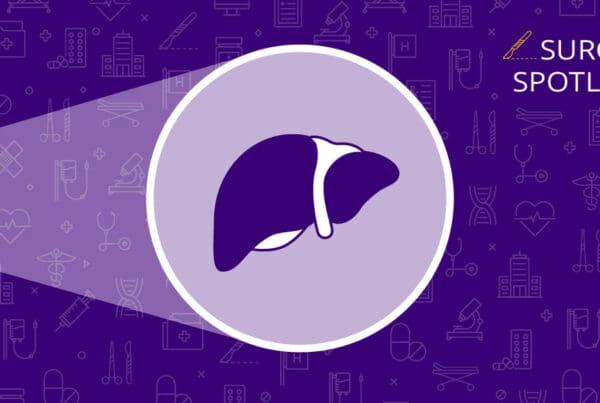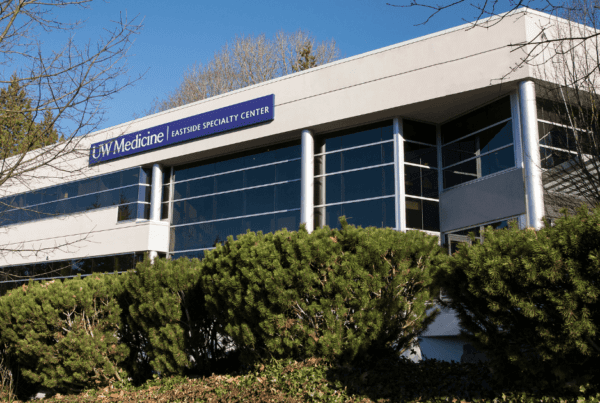Highlights | Breaking the virtual barriers
- Instructional videos for telemedicine visits are now available in English, Spanish, Chinese, Mandarin, Russian, Vietnamese and Somali.
- These videos explain the details of how to use mobile devices and computers for a telemedicine visit.
- One focus is on improving the rate of successful telemedicine visits for Spanish-speaking patients.
- These initiatives hope to remove barriers that make it difficult for historically disadvantaged patients, which includes those with Limited English Proficiency.
At the start of the pandemic, the number of patients who used telemedicine for their medical needs skyrocketed. For many people, telemedicine is an easy-to-use, convenient way to talk with their provider, even now, as in-person restrictions continue to loosen.
However, the ease of use that many patients love about telemedicine isn’t always that way for other patients, specifically patients who have limited access to technology or limited proficiency in technology or those who prefer a language other than English.
To help address this issue, the Digital Health Office launched the Telemedicine Project through the UW Certificate Program in Patient Safety and Quality.
Barriers that prevent equal telemedicine access
Since the dust has begun to settle on the pandemic, the Digital Health Office has been working to ensure telemedicine is as equitable and accessible for patient populations who face disparities.
“One barrier is that some patients might not even know that telemedicine is an option,” says Crystal Wong, MD, a family medicine physician and the UW Medicine associate chief digital health officer. “Something that contributes to that is not being able to communicate to patients in their own language. We’ve been doing a lot of catch-up to focus on increasing access for our limited English speaking populations.”
Other barriers to equal access to telemedicine include access to devices that can support a telemedicine visit, broadband internet availability and other life circumstances
While each of these barriers should be addressed to create equitable access for all patients, the project with the Digital Health Office is beginning specifically with outreach to patients in their language to focus on that barrier.
Why equal access to telemedicine is important
“Compared to a phone visit, which is the main alternative to telemedicine, a video visit allows for more connection to the patient,” says Adam Jayne-Jensen, MD, an internal medicine physician and associate medical director for UW Medicine Primary Care. “A phone is more impersonal, whereas if you can actually see the person in front of you, I think it adds more value. Using that comparison, those are things that stood out to me — the ability to provide better care and the range of things you can cover in a visit.”
When accessible, telemedicine could also provide access to care a patient might not otherwise have when it might be challenging to take time off work or find childcare to go into the clinic for a visit.
“The fact that the videos are there makes the patients feel better when it’s time for their visit,” says Ace Agustin, MN, RN, assistant director of nursing services for UW Medicine Primary Care. “It’s easier to book when you have the instructions. They don’t feel like they won’t miss the appointment because they won’t need to.”
How UW Medicine is increasing access to telemedicine
Through the telemedicine project, the Digital Health Office has done extensive work to create translations for all the telemedicine materials.
“We’ve translated all of our telemedicine materials to other languages,” says Wong. “The next step is to produce a video series in other languages going through the integral steps, such as how to log on to a telemedicine visit and how to access resources if you need more.”
During the pandemic, a hotline was developed that patients could call if they needed help logging on.
“There have been other public health initiatives that help bridge the gap, such as the project with the King County Library that lets people use private library spaces for their telemedicine visit if they don’t have access or space at home,” says Wong.
While there are many barriers to tackle, the Digital Health Office’s initial focus on increasing accessibility to Spanish-speaking patients has been successful.
“We’ve been sharing information with the clinic leadership team, and they’ve appreciated having materials in other languages,” says Michelle Lin, assistant administrator for UW Medicine Primary Care. “The majority of our materials and communication is in English, so they’ve been grateful to have access to the Spanish version.”
Jayne-Jensen mentions that, from a provider’s perspective, it’s becoming rarer that people are having a hard time logging on or that he’ll need to walk someone through how to start the technology.
“It’s difficult to get in front of communities about how to meet their needs. It’s something the Digital Health Office is partnering with the Office of Healthcare Equity to address,” says Wong. “We don’t want to make assumptions or speak for different populations about what the community wants. We’re doing a second look at the program because we want to reach as many patients as possible.”


